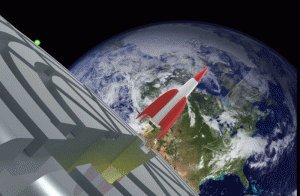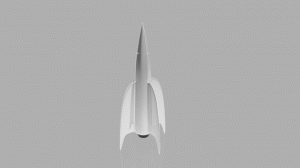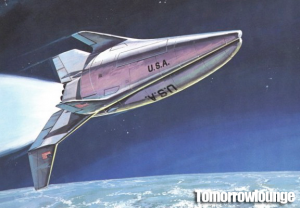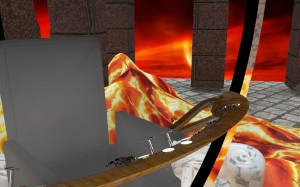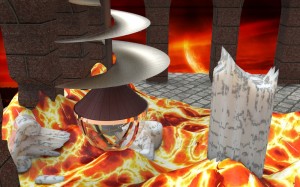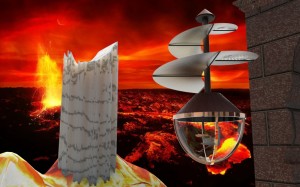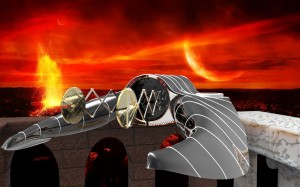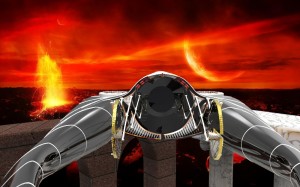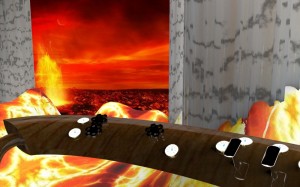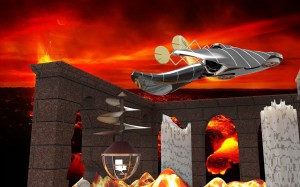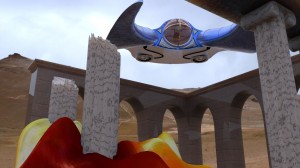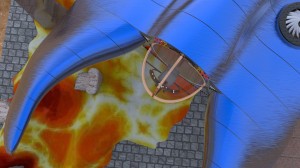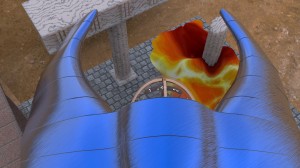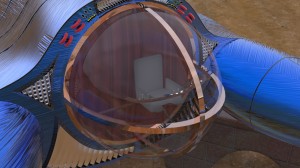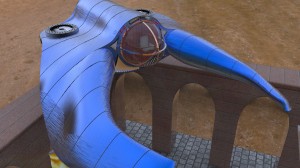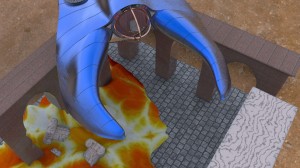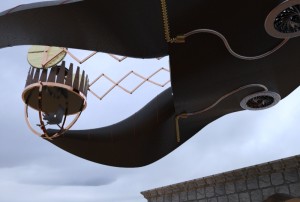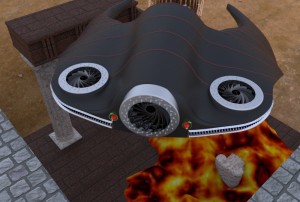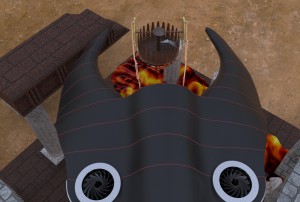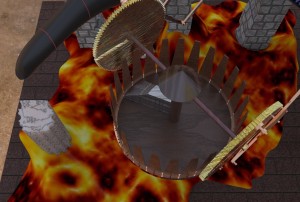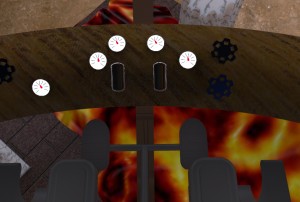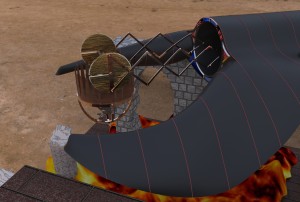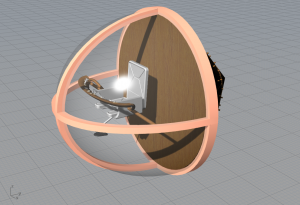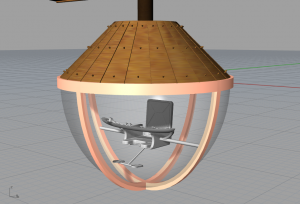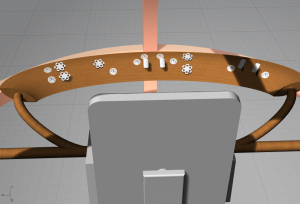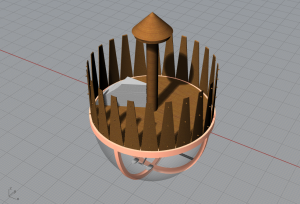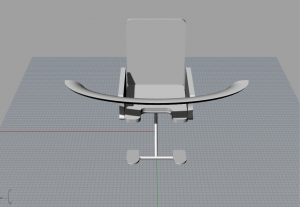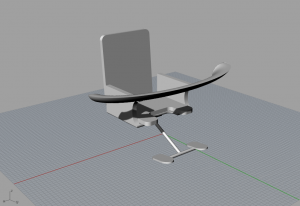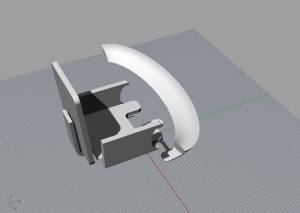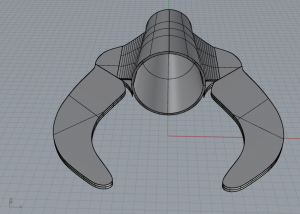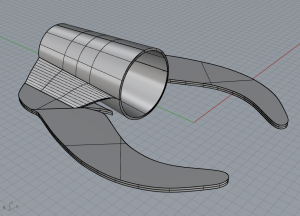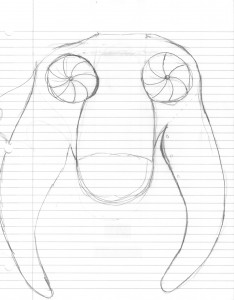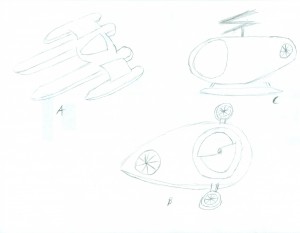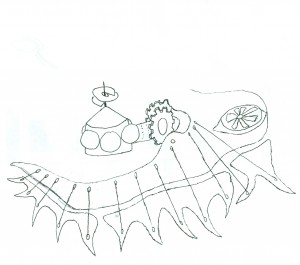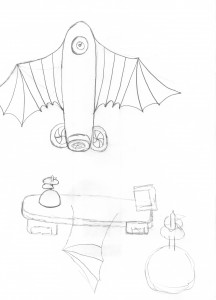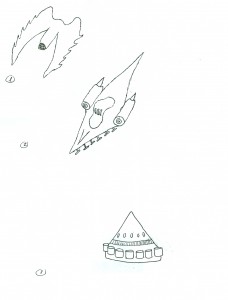Author: Philip Diefenderfer
Phil: Gif2
Phil: More Progress
Phil: More Progress
Does this count as progress?
Phil: Project 3 sketches finally uploaded
Phil: Rocket Progress
Phil: Step 4
Phil: Steps 2 & 3
- Black hole with accretion disk
- Wormhole
- Portal portals
- Space shuttle
- Odyssey 2001: Discovery
- Stargate Atlantis: Pegasus Project (x2)
- 1950’s space rocket
- Startrek 2009 Movie
- Star Wars entering hyperspace
- Star being destroyed by a black hole
- Halo 4 UNSC Infinity going through a worm hols



P3: Step 1 & 2 Worm holes
The question that I choose is one of wormholes and black holes in space. We do not know much about black holes and exactly what happens as objects are taken into the black holes. Black holes are massive objects in space with such a massive gravitational pull that even light cannot escape its pull due to light being forced to follow the curvature of space. Similarly, there are worm holes which only exist in science fiction and theoretical physics. Our best guess as to what happens when an object approaches a black hole is the object is destroyed and crushed. As the object is drawn in closer, the gravitational field crushes the object as well as ripping the object apart, a paradox in itself. As a star is drawn into the gravitational field, the gases from the sun are ripped off of the surface and pulled into the black hole. Worm holes are objects where mass or energy can enter the hole on one side and be transported across time, space, or into parallel universes. Sometimes in science fiction there is a belief the black holes and worm holes are the same thing in the sense that objects pulled through a black hole are not destroyed and crushed by the gravity, but also transported as if going through a wormhole. Worm holes and black holes are something that we can only explain in theory and not much is known about these objects in space, but science fiction stories have grasped onto these objects and since then, black holes and worm holes have become a staple in these stories.
Diefenderfer: Final Renders
Final renders for project 2.
Diefenderfer: Test Renders
Here are the test Renders for the Narrative Project
Diefenderfer: Keyshot Tests (and Crashes)
One picture survived the Keyshot crash.
Diefenderfer: More Progress
Diefenderfer: More Test Renders and Progress
I added some fire-like camouflage to keyshot to use it as a color map to give a more realistic coloring than only coloring the broken-up surfaces, which yielded straight lines. The camo is not as high a resolution as I would have liked, but this is only a test render of the (mostly) completed Wasp
Diefenderfer Progress 1
Diefenderfer Step 4: Sketches
Step 2: Narrative Research
For my narrative I decided to use Hannibal’s route as he traveled across land to attack Rome. Rather than move his fighting force across the sea and make his attack obvious to the Romans he decided to march his army across land, across the Pyrenees, through France (Gaul at the time) and over the Alps into the northern part of Italy. He started his attack leaving New Carthage in 218 BC and marched to Italy, losing many men to the tribes they had to fight through and the harsh conditions of the alps. Once Hannibal arrived in Italy, his campaign caused both the Carthaginians and the Romans heavy casualties, but thanks to the element of surprise and the position Hannibal took, his army had the advantage. Finally at the Battle of Zama, the Romans managed to out maneuver Hannibal’s troops and force a surrender.
I plan to use Hannibal’s troops crossing the fields of Gaul, Hannibal’s forces crossing the Alps, and finally the Battles in Italy as scenes for my project. For the part where Hannibal is crossing through Gaul, I plan to use a scene where the Wasp is feeding on the nectar of flowers. For the part where Hannibal crosses the Alps, I plan to use a scene where the Wasp is in flight over snow covered mountains with Hannibal’s armies below. Finally for the scene where Hannibal is at war with the Romans, I plan to use a Wasp attacking something with its stinger.
Step 3: Potter Wasp Reference Images
I’ll come back to step 2.
Step 1: Potter Wasp Research
Vespidae Eumeninae
For my insect I have chosen the Potter Wasp. I chose the Potter Wasp due to my long standing relationship with wasps where they sting me while I am working outdoors and my subsequent retaliation at dusk (using a can of Raid).
The Potter Wasp is an insect that likes to build its nests underground or using existing holes and cracks as a starting location. Potter Wasps build their nests using dirt, clay, sediment, and plant matter to construct a nest where they will gather food and lay their eggs. Once they have laid their eggs and gathered enough food for their babies, they seal everything in until the babies hatch and mature. They are typically not very social insects, but they will build their nests in a common location with other Wasps. Potter Wasps are predatory insects that will feed on other insects in the larvae stage and then on plant nectar once they are full grown adults. While they travel from plant to plant drinking their nectar, they will gather pollen from the plants and deliver it to other plants pollinating the plants and helping the plants they feed off to reproduce.
Potter Wasps are colored with bright strips of Orange, Red, and Yellow mixed with either each other or with Black in a camouflage-like appearance. They are often perceived as a malevolent pest that will attack unprovoked and I was raised to kill wasps using the aforementioned can of Raid. Even though they are seen as a pest by the general population, they only harm other insects in nature and are used to pollinate flowers. They have a warrior like presence to them where they can hunt and attack other insects.
Here is a link to an article I found about the use of Keyshot in industrial design and CGI. It is amazing how far CGI has come and car companies, LEGO, and many others use Keyshot to make their commercials.

Microsoft used Keyshot in the development of their Surface Commercials.

Images from the LEGO company using Keyshot to make commercials.

Half of this image is real and the other half is CGI. Can you tell which is which?
When we made our project we decided to choose a volcano as a harsh environment and specifically we choose Pompeii as our location. Volcanoes are one of the harshest environments on the surface of the Earth and designing a vehicle that is capable of traversing one seemed a difficult and interesting task. While discussing the volcano, we were trying to figure out how the vehicle would transverse the environment and we decided on either having it fly or float on the lava. With this in mind, we choose a flying vehicle with pontoons on it to allow the ship to float and also to fly into the volcano. We pulled ideas from helicopters, hovercrafts, and especially from Sci-Fi movies such as Star-Trek and Battlestar Galactica. The Cylon Raider from Battlestar Galactica was the major influence on the fuselage of the main ship. Finally this vehicle was designed for Leonardo Di Vinci. With him in mind we decided on a helicopter as a pod using his famous helicopter design as an integral part. Since Di Vinci was both a loner and a man of extravagance, we made a large one-seat ship that reflected his personality and the fact that he was indeed before his time.
Diefenderfer 22 Renderings
Philip Cockpit Progress
Phil’s second version
Philip Diefenderfer
Your name: Philip Diefenderfer
Your major: Computer Engineering
Please list a few of your interests, sports you play, or other activities you’re involved in (on or off campus).
Camping, Climbing, Marksmanship, Archery, Power sports
Why are you taking this class? What do you most want to get out of it?
I am taking this class to learn more about making designs and products more ascetically appealing to a consumer and to learn a new CAD software.
Are there any particular topics or techniques that you’re hoping to learn about in this class?
3D printing and how to take something from a computer to a physical object
In your opinion, what makes a work of art interesting, worthwhile, or compelling—to put it simply, what makes a work of art good? Why do you feel this way?
In my opinion, work of art is interesting if it incorporates multiple fields and not just sculpture If it includes motion and is interactive or educational, then it is a good piece of art in my opinion.
Email address: prd005 AT bucknell DOT edu
Cell phone number: 570-401-0227
Cell phone service provider: Verizon


















